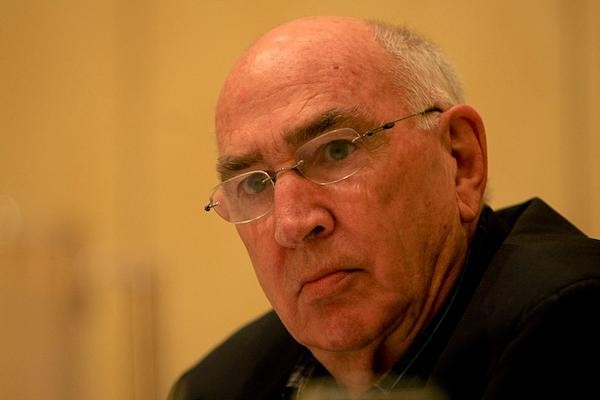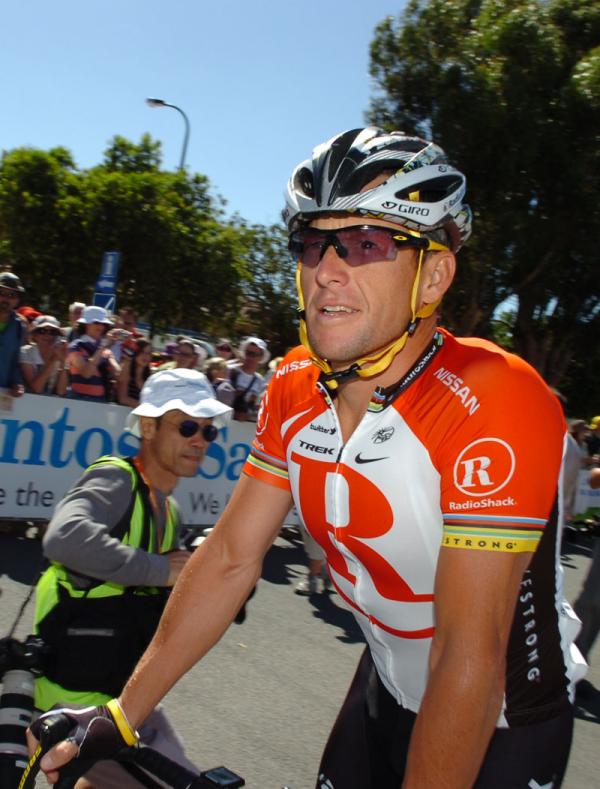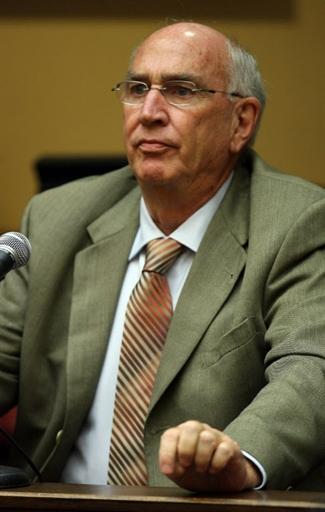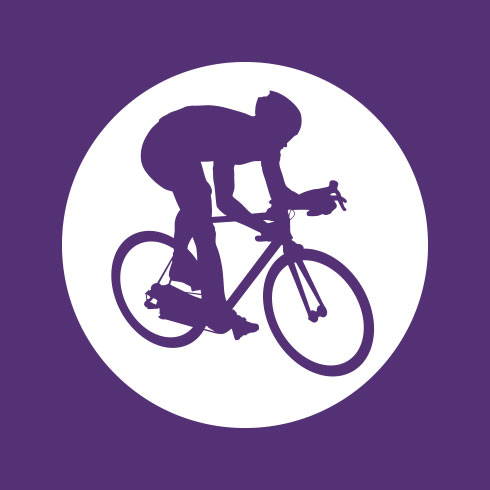Catlin says he cannot comment on Sports Illustrated allegations
Without access to data "it is not possible to provide any insight"



With the publication of Sports Illustrated's investigation into Lance Armstrong, questions have been raised about the role of Dr. Don Catlin, the renowned anti-doping expert.
Catlin, 72, ran the U.S. Olympic anti-doping lab at UCLA for 25 years which was the official testing facility for the 1984 Los Angeles Games and the 2002 Salt Lake City Olympics in addition to performing testing both in- and out-of-competition for U.S. national team athletes since 1982. He has been a member of the IOC Medical Commission since 1988 and is also credited with identifying the THG designer drug made famous during the BALCO investigation.
Sports Illustrated reported that the US Anti-Doping lab tested Armstrong more than two dozen times between 1990 and 2000. In 1999 USA Cycling asked Catlin to supply results of testosterone tests for a cyclist identified only by his drug-testing code numbers, and Sports Illustrated alleges that the cyclist in question was Armstrong.
Catlin replied in a letter, dated June 4, 1999, that there was little chance of recovering five results from the early nineties but detailed three results that stand out: "a 9.0-to-1 ratio from a sample collected on June 23, 1993; a 7.6-to-1 from July 7, 1994; and a 6.5-to-1 from June 4, 1996."
Any ratio above 6.0-to-1 was considered abnormally high until 2005 and since then the ratio limit was lowered to 4.0-to-1. Floyd Landis tested positive for testosterone at the 2006 Tour de France with a reported ratio of 11-to-1.
When contacted about the Sports Illustrated investigation, Catlin told Cyclingnews, "I have not been provided with either letter or any of the other materials referred to in the Sports Illustrated story, thus I do not have the context to provide appropriate comment at this time. Without them and without any of the data from that time period, it is not possible to provide any insight into the situation or to provide specifics on any of the analysis performed."
Catlin told USA Cycling that he tried to confirm the two highest values with further testing but was unable to do so and declared they were negative.
The latest race content, interviews, features, reviews and expert buying guides, direct to your inbox!
"In general, confirmations that don't succeed simply don't meet the numerous, strict requirements of T/E confirmation Standard Operating Procedure (SOP)," Catlin told Cyclingnews. "I no longer have access to any of the data or files from that era. Any records or data on the matter belong to the Federation, the USOC and the IOC."
Catlin told Sports Illustrated that he did not know the samples belonged to Armstrong but admitted that the three high testosterone ratios detailed in the letter as ‘very strange.'
